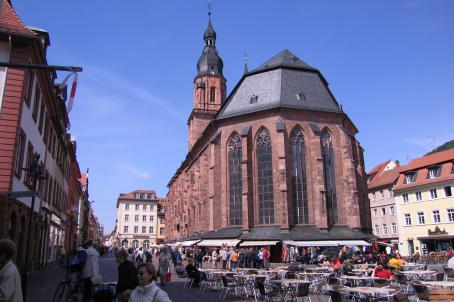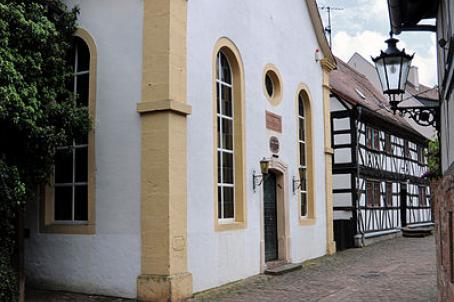Church of St. Juliana

The Church of St. Juliana is said to have been founded in 736 by St. Pirmin as part of a Benedictine monastery. The oldest document in which the church is mentioned dates from 1277, but from 1370 the collegiate church was rebuilt in several phases. The Reformation was officially introduced into the church in 1556. During the Peace of Rijswijk, which succeeded the War of the Palatinate Succession in 1697, religious practice in the church was granted to Catholics. However, as conflicts between denominations continued to occur, the Elector began in 1705 to separate all the shared churches by a wall. Gone from most of the shared churches, the wall still exists in the church of Sainte-Julienne. In 2007, on the 300th anniversary of the separation, Protestant and Catholic parishes agreed to open the separation wall. The wall was pierced and gates and a few steps were built, which now connect the Protestant and Catholic sides.




